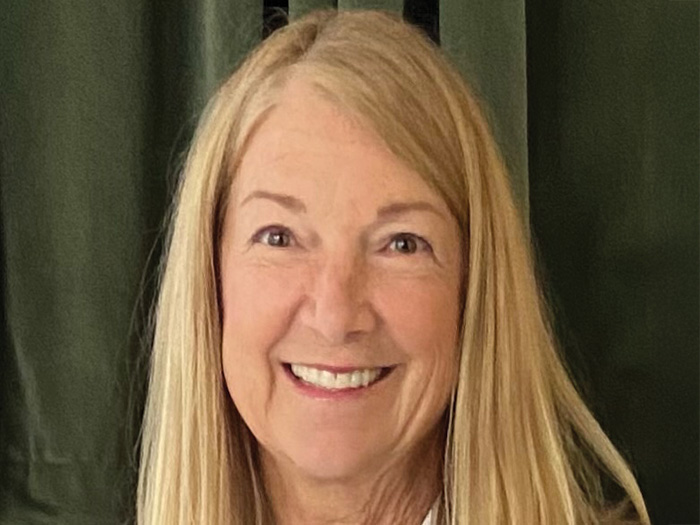Risk Insider: Lisa Lindsay
The Hurricane Crisis: A Call for Better Communication on Flood Insurance
Editor’s Note: Written before Hurricane Michael, the following article reviews flood damage risks that stem from hurricanes. Wind damage from Michael caused severe losses and is also considered a huge hurricane risk. Storm surge, however, can bring just as much damage. Risk Insider Lisa Lindsay reviews below.
In the aftermath of Hurricane Florence, we are reminded that unprecedented flooding events are on the rise and are becoming more prevalent. Florence wasn’t the first slow-moving weather event to dump heavy rainfall on areas considered to be in the lower risk flood zones. Take a look back to recent storms, such as Hurricane Harvey, Matthew or many others, and you’ll see that hurricanes became major flood events that caused billions in devastation.
USA Today published an article, “Lack of flood insurance heaps misery on homeowners slammed by Hurricane Florence,” which states that “only 10 percent to 20 percent of coastal homeowners in the hard-hit eastern part of North Carolina, for example, have coverage through the government’s National Flood Insurance Program (NFIP), and only 1 percent to 3 percent of homes in inland counties have flood policies.”
The article goes on to state, “the numbers of those covered are low because people think that because their home isn’t in a high-risk zone designated by the government that there’s zero risk of a flood. ‘But that’s not true,’ ” according to estimates from John Rollins, an actuary at consulting firm Milliman. Many also don’t realize their basic homeowner’s policy doesn’t cover flood damage, while others overestimate the disaster aid they will get from the government.
In July of 2018, the Private Risk Management Association (PRMA) surveyed agent and broker members to gain insights into how risk-ready their clients were following unprecedented flooding in 2017. Cost and the “it’s-not-going-to-happen-to-me” mindset were the key reasons cited for not purchasing excess flood insurance or adopting proactive risk management solutions.
Additionally, there has been very little pick-up in the number of clients purchasing new flood insurance.
PRMA calls on all members and risk professionals to change the historical way flood risk is assessed and commit to educating clients at a higher and more personal level.
These survey results point to a lack of education about what’s really happening given climate change, rising sea levels and unprecedented disasters in areas that have not been previously prone to disaster.
This false sense of security can be attributed to antiquated risk assessment tools, such as FEMA flood maps and historical lines of thinking, such as, “My home has never flooded before” and “My bank doesn’t require flood insurance, so I must not need it.”
As risk management professionals, we must diligently work to educate clients about their unique risk of flood.
PRMA member, Albert J. Slap, president and co-founder of Coastal Risk Consulting, LLC, a geospatial technology, modeling and analytics firm, very accurately shared with members recently: “Just providing bad news is not good enough.” New technology and risk assessment tools can affordably help clients touch and feel the real risk associated with their property. These tools can more accurately predict flood risk from riverine, heavy precipitation, storm surge and tidal/sea rise events.
Once the risk of flood is better assessed and understood, it is imperative that the education moves to risk management solutions that can range from an affordable quick dam barrier system to more elaborate evaluations and solutions that allow full flood protection without impacting the view of the infinity pool overlooking the Atlantic Ocean.
PRMA calls on all members and risk professionals to change the historical way flood risk is assessed and commit to educating clients at a higher and more personal level. Doing anything less is a not good enough.










